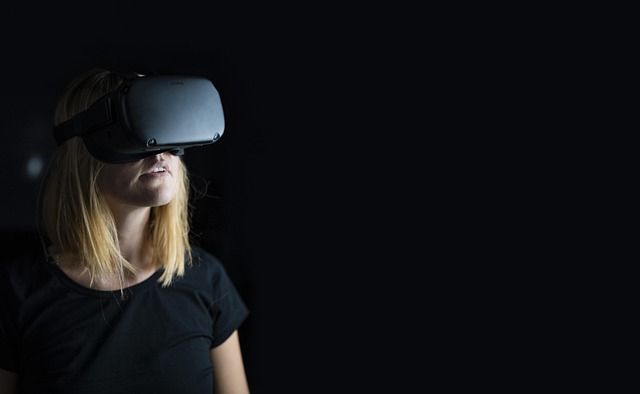Exploring the Metaverse: Transformative Educational VR Experiences
In recent years, the landscape of education has been dramatically reshaped by emerging technologies that offer immersive and interactive learning environments. Among these, educational VR experiences stand out as a groundbreaking approach to how knowledge is delivered and absorbed. By blending virtual reality (VR), augmented reality (AR), and the metaverse, educators and learners alike are stepping into new realms of possibility that make education more engaging, accessible, and memorable.
The Rise of Virtual Reality in Education
Virtual reality technology creates entirely immersive experiences by transporting users to computer-generated 3D environments. In the context of education, this means students can explore complex concepts and environments firsthand, rather than passively absorbing information from textbooks or lectures. Whether walking through ancient civilizations, dissecting the anatomy of a human heart, or simulating physics experiments, VR enables active, experiential learning that fosters deeper understanding and retention.
The power of educational VR experiences lies in their ability to captivate learners and reduce the barriers of traditional classroom settings. Students who may struggle with conventional methods often thrive when given the opportunity to interact with content in a multisensory way. This democratizes education and fosters curiosity-driven exploration, which is crucial for effective learning.
Augmented Reality: Enhancing Our World with Digital Insights
While VR immerses learners in entirely virtual spaces, augmented reality overlays digital elements on the real world, enriching everyday surroundings with interactive information. AR can transform a simple classroom into a dynamic environment where students visualize molecular structures in mid-air or solve math problems that dynamically adjust to their responses.
Combining AR with educational content encourages active engagement and collaboration. It allows students to connect abstract concepts with tangible, real-world applications, making learning highly relevant and immediately useful. By blending the physical and digital, AR also supports differentiated learning styles, ensuring every student can benefit.
The Metaverse: An Expansive Educational Universe
The concept of the metaverse takes VR and AR a step further by creating persistent, shared virtual worlds where learners and educators can gather, interact, and collaborate regardless of geographic barriers. This interconnected digital universe offers unparalleled opportunities for global classrooms, peer-to-peer learning, and interdisciplinary projects.
Imagine joining a history lesson set in a meticulously recreated Renaissance cityscape, then hopping over to a virtual laboratory to conduct chemistry experiments with peers from around the world. The metaverse fosters social learning and creativity by providing a platform that is not only immersive but also expansive and inclusive.
Why Educational VR Experiences Matter
At its core, education is about opening minds and inspiring growth. Educational VR experiences do precisely that by making learning unforgettable and meaningful. As technology advances, these immersive methods will become increasingly accessible and integrated into standard curricula, helping bridge gaps in education quality and accessibility worldwide.
Moreover, as we collectively explore the metaverse, VR, and AR, educators are empowered to experiment with novel pedagogical approaches that emphasize exploration, collaboration, and critical thinking – essential skills for navigating the complexities of the future.
Whether you’re an educator, student, or lifelong learner, embracing these transformative educational VR experiences means participating in a revolution that promises to make learning more engaging, equitable, and impactful than ever before.



